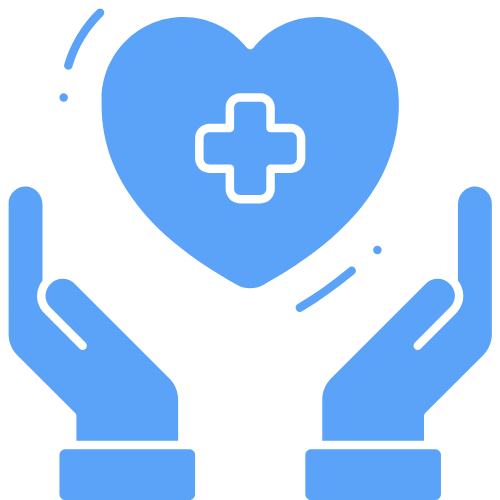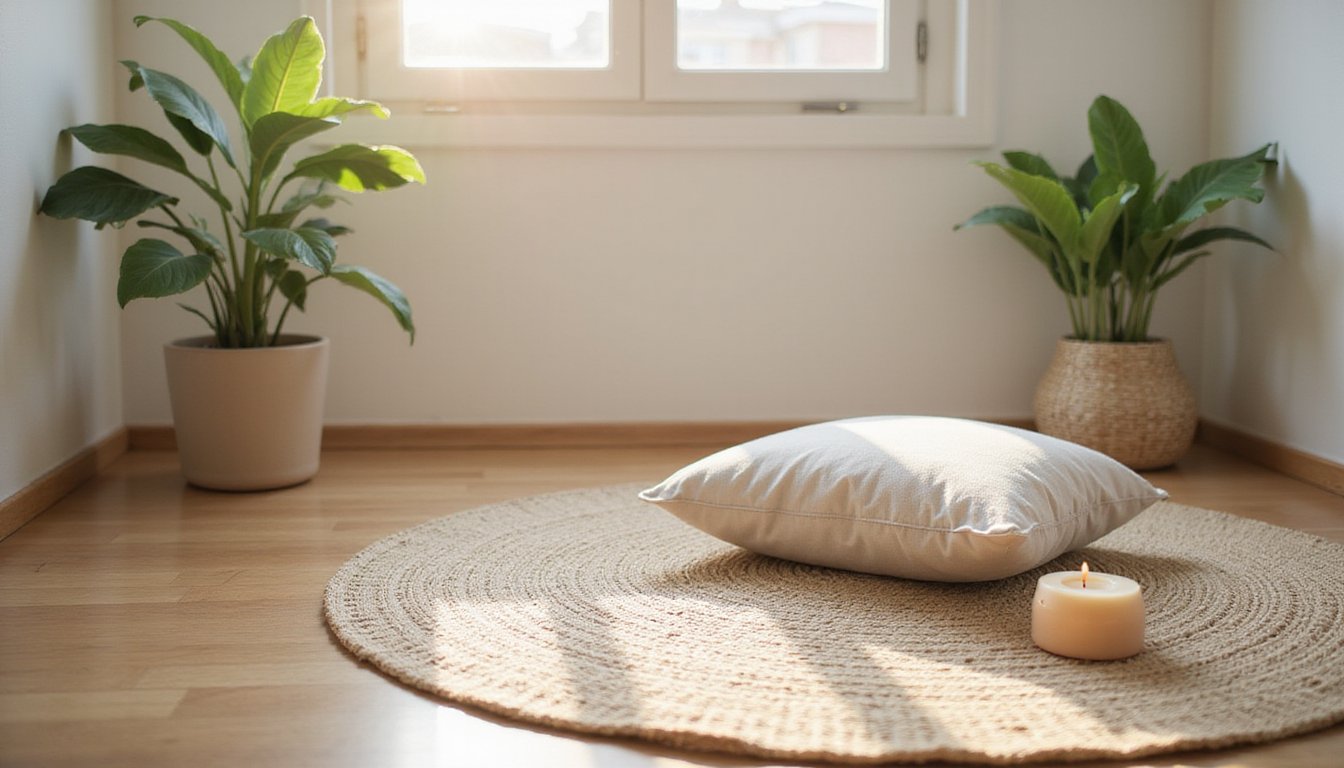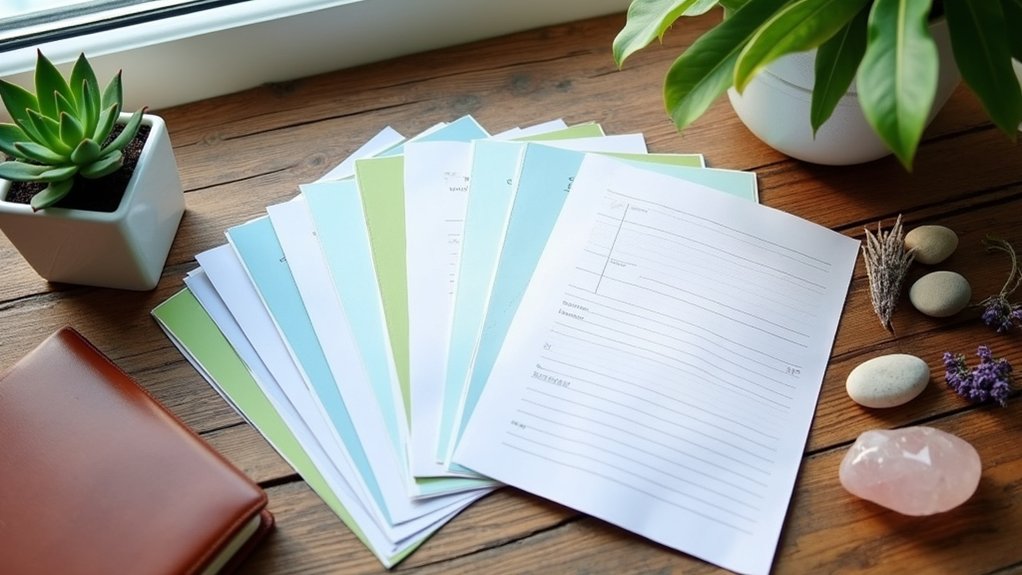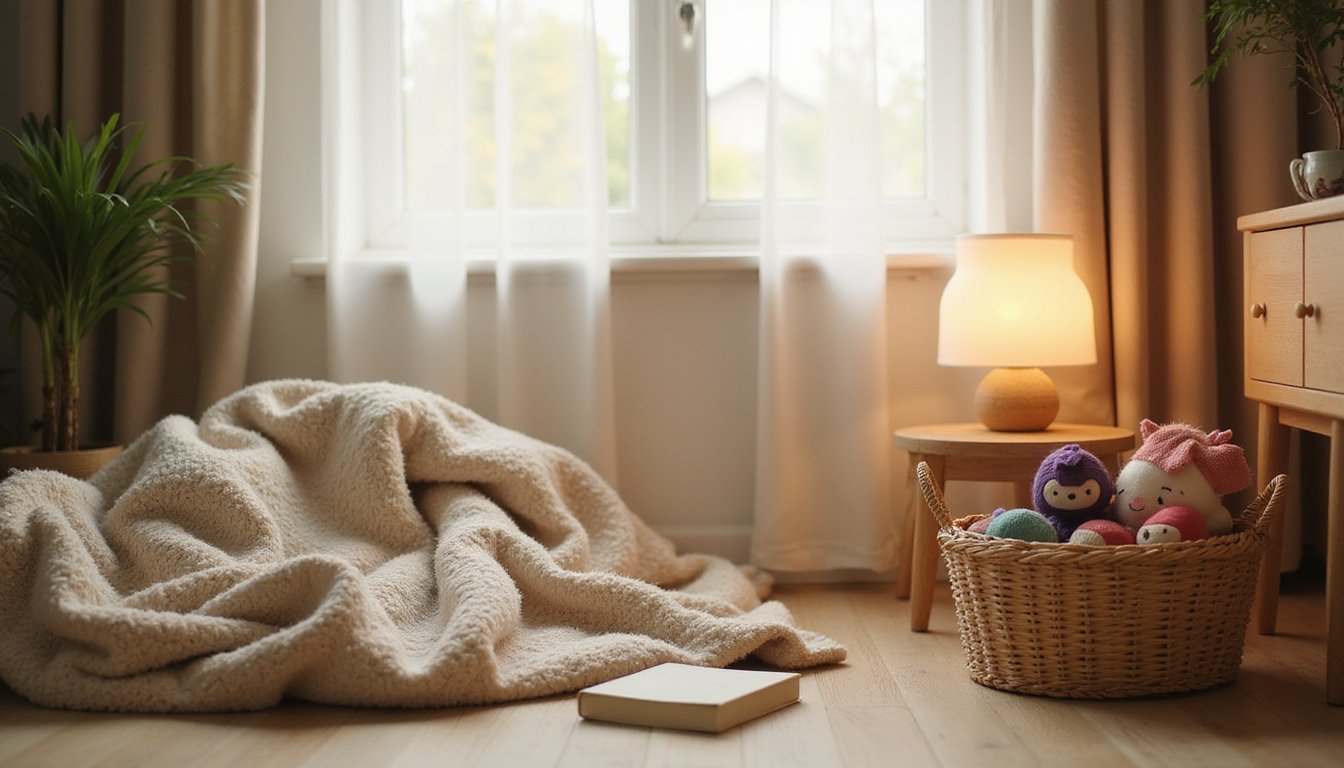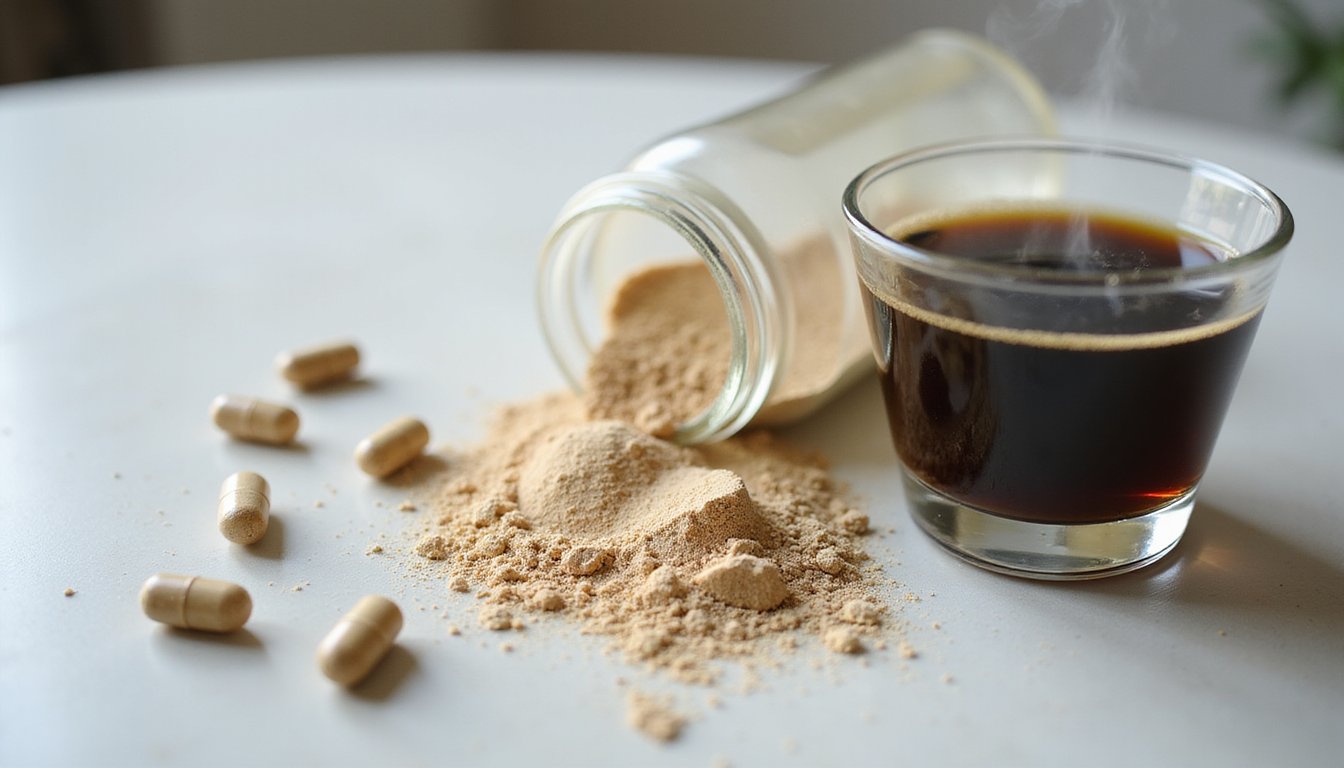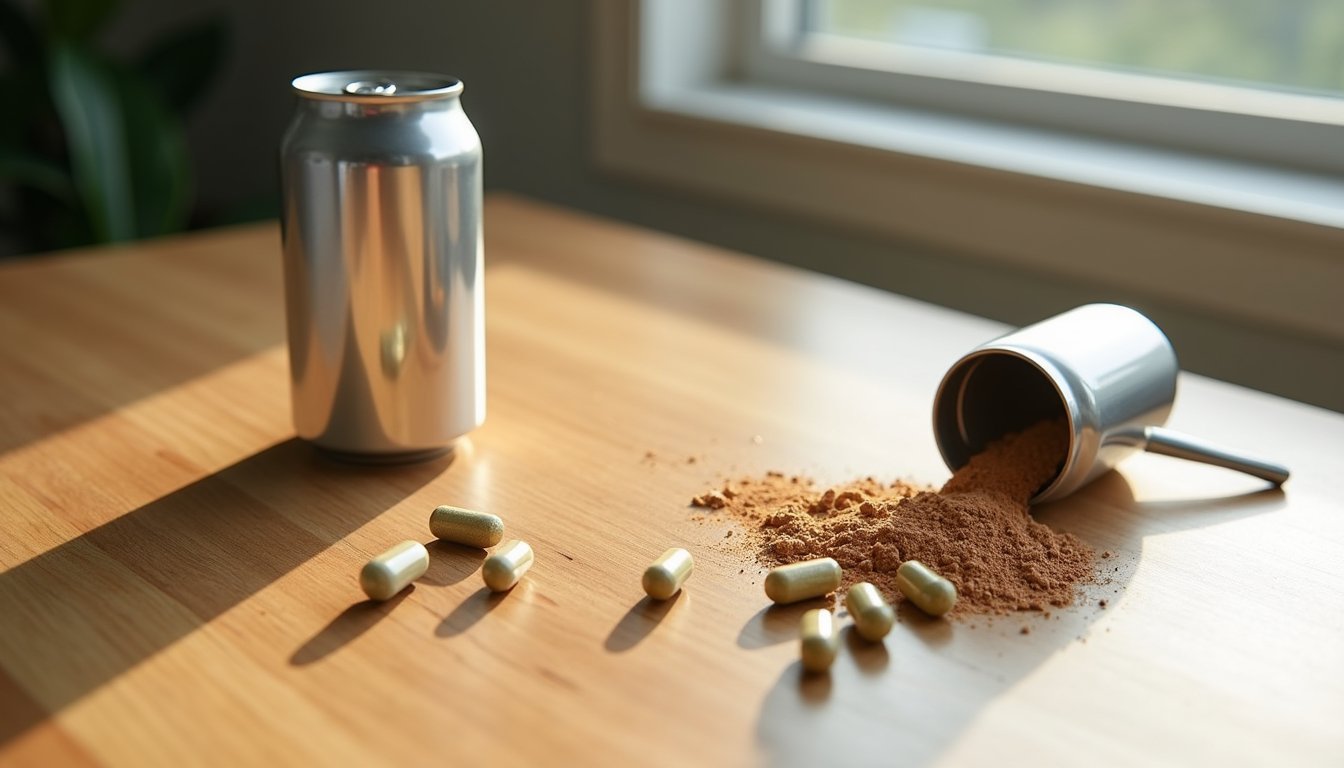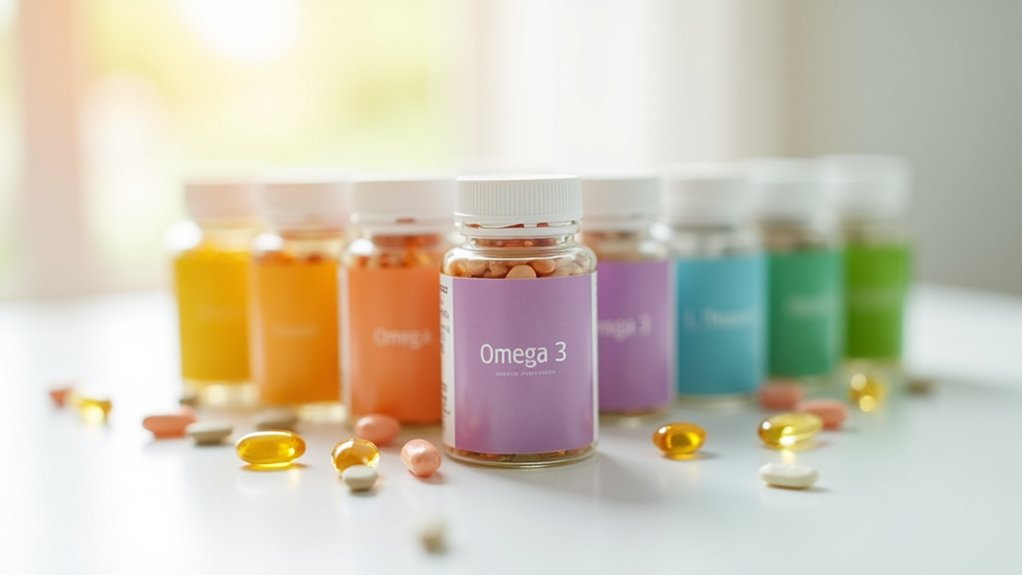Effective non-drug alternatives to nitrous oxide include evidence-based behavioral modification techniques, systematic desensitization, and strategic comfort enhancements. You’ll find success through structured communication protocols, ergonomic positioning with adjustable supports, and controlled environmental modifications that maintain ideal temperature ranges of 20-24°C. Natural relaxation methods like breathwork and mindfulness practices, combined with sensory enrichment systems, can greatly reduce dental anxiety. Understanding these thorough approaches opens doors to lasting anxiety management solutions.
Understanding Patient Anxiety in Dental Settings

The prevalence of dental anxiety presents a significant challenge in modern dental practice, affecting approximately one-fifth of patients who experience moderate to high levels of distress. Dental phobia prevalence data indicates that women report anxiety levels more than twice that of men, with younger patients showing heightened susceptibility to these fears. Research shows that both pharmacological and non-pharmacological approaches can effectively manage patient anxiety during dental procedures. The use of nitrous oxide sedation has proven to be a reliable method for over a century in helping anxious patients receive necessary dental care. Recent studies reveal that high dental anxiety affects approximately 6.8% of dental patients.
Understanding psychosocial anxiety factors is indispensable, as they manifest through diverse triggers including fear of pain, previous traumatic experiences, and financial concerns. You’ll find that these anxieties often result in avoidance behaviors, with 9-15% of affected individuals completely foregoing dental care. The impact extends beyond immediate discomfort, leading to missed appointments and deteriorating oral health. Early recognition of these patterns is vital, as delayed treatment typically compounds both psychological distress and clinical complications.
Natural Relaxation Methods and Their Benefits
Natural relaxation techniques offer evidence-based alternatives to pharmacological interventions for managing dental anxiety. Through systematic implementation of breathwork techniques, you’ll learn to regulate your autonomic nervous system response using methods like diaphragmatic breathing and the 4-7-8 pattern. Sensory distraction methods, particularly the combination of heated eye masks and nature sounds, have demonstrated significant efficacy in reducing anxiety levels during dental procedures. When combined with mindfulness practices such as body scanning and present-moment awareness, these approaches create an inclusive relaxation strategy. The study revealed that nature sounds decreased respiratory rates while enhancing parasympathetic activity. You’ll benefit from progressive muscle relaxation, starting from your toes and moving upward, which helps release physical tension while maintaining a calm mental state. These evidence-based techniques provide practical tools for managing dental-related stress without medication. Since many people avoid dental visits due to fear of pain, addressing this concern through natural relaxation methods can help maintain regular dental care schedules. While nitrous oxide produces a rapid euphoric rush, natural relaxation techniques offer longer-lasting and safer anxiety management solutions.
Behavioral Modification Approaches
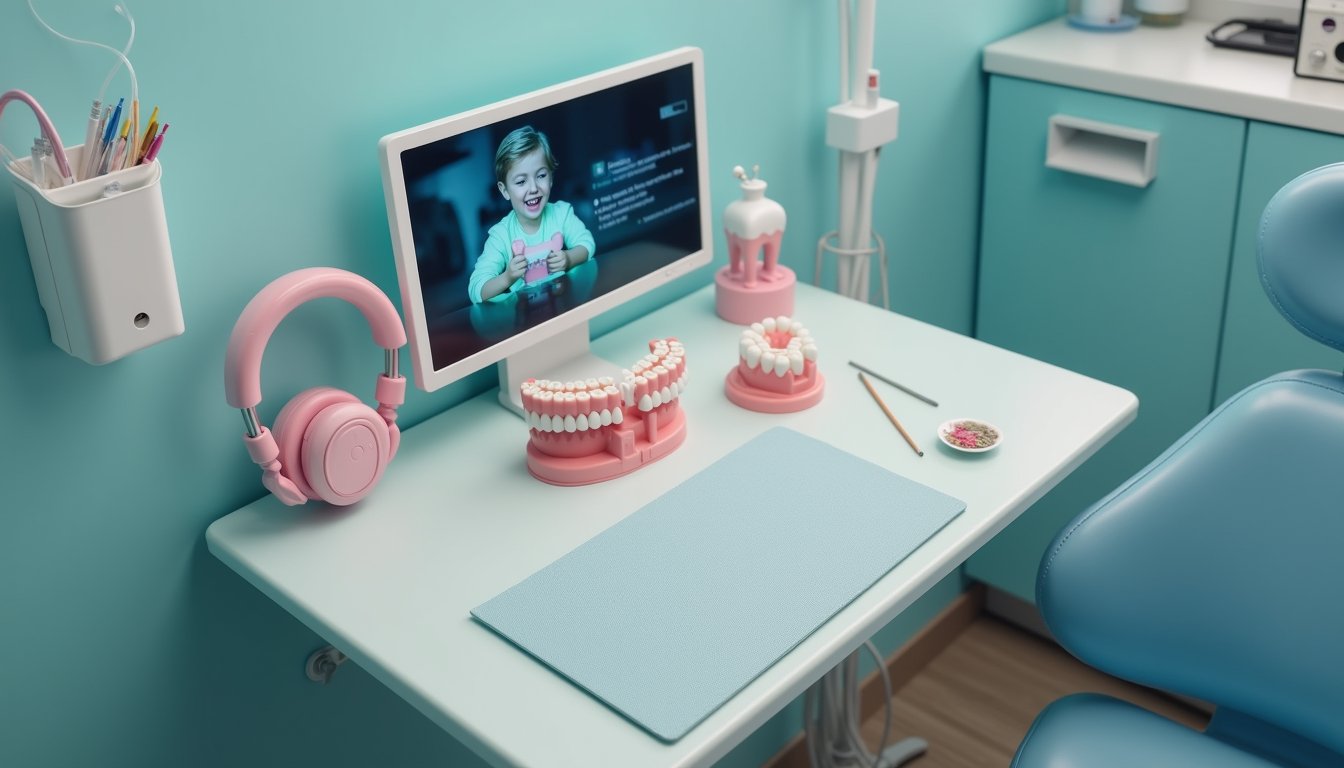
Consistently effective behavioral modification approaches offer systematic methods for reducing dental anxiety through carefully structured interventions. Through systematic behavior monitoring and collaborative decision-making processes, you’ll experience incremental exposure to dental procedures while receiving positive reinforcement for cooperation. Given its excellent safety profile, nitrous oxide remains a valid option when behavioral techniques alone prove insufficient.
You’ll benefit from structured communication techniques that incorporate stage-appropriate explanations and real-time dialogue during treatments. Environmental modifications, including soothing office spaces and controlled sensory stimuli, complement these behavioral strategies. You can participate in modeling exercises, such as watching demonstration videos or engaging in pretend play with dental tools. Research shows that Venham scores decrease significantly when these behavioral techniques are implemented consistently during repeated dental visits.
Regular dental visits utilizing these techniques lead to progressive desensitization, particularly effective for older patients. Combined with token systems and immediate rewards for calm behavior, these approaches create lasting reductions in dental anxiety without relying on pharmaceutical interventions.
Physical Comfort Enhancement Strategies
Proper ergonomic positioning during nitrous oxide-free procedures requires adjustable chairs and headrests to maintain ideal spinal alignment and reduce muscle strain. You’ll find that temperature regulation through climate controls and breathable treatment surfaces helps prevent patient discomfort and promotes relaxation throughout the procedure. Strategic positioning techniques, including the use of supportive cushioning and adjustable footrests, guarantee proper circulation and minimize physical stress points during extended treatment sessions. Regular pain assessments throughout the procedure ensure discomfort is promptly identified and addressed with appropriate adjustments to positioning and support. Maintaining a comfortable temperature range of 20-24°C is essential for optimal patient comfort during medical procedures. The involvement of family members during treatment can significantly enhance patient comfort and emotional well-being.
Ergonomic Support During Treatment
Strategic ergonomic support stands at the forefront of patient comfort during dental procedures, offering thorough physical relief without relying on nitrous oxide. Modern ergonomic designs integrate respiratory feedback systems and ideal pain management protocols through specialized equipment configurations. The absence of laughing gas therapy allows for natural comfort-focused approaches that maintain patient awareness throughout procedures. Rapid onset sedation methods are replaced by thoughtful ergonomic solutions that provide consistent comfort throughout treatment. These advanced comfort systems incorporate scavenging systems to ensure optimal air quality during procedures.
Key comfort elements include:
- Adjustable dental chairs with lumbar support and controlled reclining angles, paired with cervical pillows for maximum spinal alignment
- Integrated positioning aids featuring articulating headrests and lateral support pads that prevent strain during extended procedures
- Sensory enrichment systems incorporating ambient noise reduction and controlled airflow management
These ergonomic solutions directly address physical discomfort through weight distribution, pressure point reduction, and proper body alignment. You’ll find that comprehensive support systems effectively maintain comfort while ensuring proper positioning throughout your dental treatment, eliminating the need for chemical interventions.
Temperature Control And Positioning
Temperature control and positioning techniques represent critical components in non-pharmacological comfort management, drawing from evidence-based thermoregulatory principles observed in clinical studies.
The blunted shivering response during nitrous oxide exposure requires proactive temperature management strategies. You’ll need to maintain thermal stability monitoring throughout your session while having access to personalized temperature ranges. Consider wearing optimized clothing and using warming blankets to counteract N₂O’s effects on heat production. You can regulate your comfort through strategic positioning slight movements amplify circulation while maintaining proper posture supports thermoregulatory efficiency.
The environment should feature insulated settings with controlled airflow and minimal drafts. You’ll benefit from continuous core temperature tracking and regular thermal comfort assessments. During prolonged sessions, incorporate brief rest periods and stay hydrated. Post-treatment, limit strenuous activity until your body’s thermogenic responses normalize.
Environmental Adaptations for Patient Comfort

Modern dental environments can effectively replace nitrous oxide through strategic lighting systems that utilize dimmable LEDs and natural light exposure to trigger parasympathetic responses. You’ll find that advanced sound control systems, featuring acoustic panels and white noise generators, create an ideal auditory environment that masks disturbing clinical sounds while maintaining clear communication channels. The integration of therapeutic design elements, such as nature-inspired aesthetics and ergonomic furnishings, transforms clinical spaces into calming environments that actively support anxiety reduction without pharmaceutical intervention.
Lighting For Relaxation Effects
Therapeutic lighting serves as a powerful non-pharmacological intervention for anxiety reduction, backed by clinical evidence showing a 41% remission rate in nonseasonal depression cases. Through careful light intensity variations and light timing adjustments, you’ll experience enhanced serotonin production and regulated circadian rhythms, leading to improved mood stability.
For ideal relaxation effects, follow these evidence-based parameters:
- Position light therapy devices at 30-80 cm from your eyes, using 10,000 lux intensity
- Schedule 30-minute morning sessions to align with your natural circadian patterns
- Monitor your response while maintaining safe exposure distances to minimize side effects like eyestrain
These lighting interventions can complement traditional treatments, offering a cost-effective approach to anxiety management with documented response rates of 60% compared to 39% in control groups.
Sound Control Optimization Systems
Building upon evidence-based environmental interventions, sound control ideal systems represent a quantifiable approach to patient comfort and anxiety reduction. Sound masking technology, maintaining 45-48 dB ranges in patient areas, has demonstrated remarkable improvements in HCAHPS scores from 38.1% to 81% in acute care settings. You’ll find these systems strategically placed near patient rooms, particularly in labor/delivery units.
Decibel level matching through centralized controls creates consistent acoustic environments, while sound-absorbing ceiling materials reduce reverberation. Studies show direct correlations between noise reduction and decreased anxiety (r = 0.553) and depression (r = 0.592) scores. You can observe these benefits across multiple departments, from telemetry units to cosmetic procedure areas, where standardized protocols maintain perfect sound levels through automated monitoring systems.
Therapeutic Space Design Elements
When designing spaces that replace nitrous oxide interventions, strategic environmental adaptations create measurable impacts on patient outcomes. You’ll find that integrating biophilic elements, optimizing natural light, and incorporating tactile stimuli exploration notably reduces anxiety during procedures.
Consider these evidence-based design elements for your therapeutic space:
- Install adjustable lighting systems (2700-5000K range) that support circadian rhythms while allowing chromotherapy applications for specific therapeutic goals
- Position treatment areas to heighten natural daylight exposure, complemented by soft ambient lighting that reduces clinical atmosphere
- Implement nature-inspired features like living walls or water elements, combined with varied textures (wood, stone, fabric) that engage multiple sensory pathways
These environmental modifications provide measurable alternatives to traditional sedation approaches while maintaining clinical efficiency.
Mind-Body Techniques for Stress Management
Five foundational mind-body techniques offer evidence-based alternatives to nitrous oxide therapy by directly modulating the body’s stress response systems. Through meditation, yoga, tai chi, acupuncture, and biofeedback, you’ll activate your body’s natural relaxation response while strengthening neural pathways associated with calmness and emotional stability.
These approaches work by engaging your prefrontal cortex for enhanced cognitive reframing and mindfulness cultivation. You’ll experience reduced sympathetic nervous system activity and increased parasympathetic function, leading to decreased cortisol levels and improved immune system modulation. When practiced consistently for 10-20 minutes daily, these techniques can considerably diminish physical symptoms like muscle tension and headaches while enhancing mental clarity and emotional regulation. For ideal outcomes, combine multiple techniques and track your progress using wearable devices to monitor physiological changes.
Alternative Therapeutic Modalities
Several therapeutic alternatives stand out as viable replacements for nitrous oxide therapy in clinical settings. Multi modal analgesia approaches can effectively address both pain and anxiety management through complementary therapy applications. When considering non-pharmacological interventions, you’ll find evidence-based options that target specific therapeutic needs.
Modern clinical settings offer diverse alternatives to nitrous oxide, incorporating multi-modal approaches for comprehensive pain and anxiety management.
Key implementation strategies include:
- Combined endothelin receptor antagonists and thromboxane inhibitors for targeted vasodilation
- Team-based care models utilizing expanded function dental personnel to maximize treatment delivery
- Integration of phosphodiesterase inhibitors with other therapeutic modalities for enhanced outcomes
You’ll achieve ideal results by selecting approaches that align with your facility’s capabilities and patient needs. Research supports these alternatives’ efficacy, particularly when implemented within a thorough treatment framework that considers both immediate and long-term therapeutic goals.
Patient-Centered Communication Protocols
Effective patient-centered communication requires clear explanations of each treatment step, coupled with active listening techniques that validate the patient’s experience during nitrous oxide alternatives. You’ll need to maintain consistent eye contact and display appropriate nonverbal comfort signals, such as an open posture and affirming head nods, to establish trust and rapport throughout the therapeutic session. These communication protocols improve treatment compliance and outcomes by ensuring patients fully understand their care plan while feeling heard and supported in their choice of non-pharmacological interventions.
Clear Treatment Step Explanations
Professional communication protocols during non-drug therapies rely on systematic patient orientation and clear procedural explanations. Through patient-provider collaboration and real-time feedback loops, you’ll receive detailed insights into each treatment phase, guaranteeing ideal outcomes and reduced anxiety.
Your treatment experience will follow these essential steps:
- Pre-procedure orientation where you’ll learn specific nasal breathing techniques and establish personalized response scales for monitoring comfort levels
- Implementation of guided imagery and calming auditory elements while maintaining proper mask positioning and seal integrity
- Post-treatment evaluation using documented feedback mechanisms to assess effectiveness and refine future sessions
You’ll benefit from environmental adaptations, including controlled lighting and temperature settings, while systematic breath regulation protocols ensure consistent airflow maintenance throughout the procedure. This structured approach optimizes treatment efficacy while minimizing potential discomfort.
Active Listening During Sessions
Mastering active listening protocols forms the cornerstone of patient-centered dental care without nitrous oxide sedation. You’ll need to maintain consistent eye contact while observing both verbal and non-verbal cues that signal patient distress. By implementing customized dialogue pacing, you can match your communication speed to your patient’s anxiety level, creating a more comfortable environment.
Emotion validation techniques prove essential as you acknowledge patient experiences and concerns during procedures. You’ll want to incorporate open-ended questions to assess comfort levels while providing real-time feedback about treatment progress. Through continuous interaction, you can monitor respiratory rates and consciousness levels, adjusting procedural intensity accordingly. Document these responses systematically to refine your communication approach for subsequent visits, ensuring ideal patient care without pharmacological intervention.
Nonverbal Comfort Signals
Building upon active listening fundamentals, nonverbal comfort signals establish a sturdy foundation for patient-centered communication without nitrous oxide. Your paralinguistic cues and facial expressions greatly impact patient comfort and trust during treatment. Research demonstrates that nonverbal communication comprises 80% of essential patient interactions.
Key comfort signals you’ll want to implement:
- Match your patient’s speaking pace and volume while maintaining appropriate tone variations to convey empathy
- Display open body posture and culturally-appropriate eye contact to boost approachability
- Utilize micro-pauses and subtle head nods to acknowledge patient concerns without interrupting their flow
These evidence-based nonverbal techniques create a supportive environment that reduces anxiety and builds rapport. The Roter Interaction System provides standardized methods to evaluate and improve your nonverbal communication effectiveness during patient encounters.
Evidence-Based Non-Pharmacological Methods
A broad array of evidence-based, non-pharmacological methods has emerged as viable alternatives to nitrous oxide therapy, spanning multiple therapeutic domains. You’ll find scientifically validated approaches like Transcranial Magnetic Stimulation (TMS) and Transcranial Direct Current Stimulation (tDCS) that directly modulate neural pathways involved in addiction and mood regulation.
Evidence-based meditation techniques, particularly Mindfulness-Based Stress Reduction (MBSR), can help you develop stronger emotional intelligence training while reducing substance use triggers. These interventions work alongside structured behavioral therapies like CBT and DBT, which provide concrete skills for managing cravings and emotional dysregulation. You can also access complementary approaches such as biofeedback and acupuncture, which have shown promise in addressing withdrawal symptoms through physiological self-regulation mechanisms.
Building Long-Term Coping Mechanisms
Through systematic development of resilient coping mechanisms, individuals can establish sustainable alternatives to nitrous oxide dependency. Your collaborative recovery planning should integrate holistic wellness strategies that encompass both psychological and behavioral interventions. These evidence-based approaches focus on building lasting resilience through structured protocols and community support.
- Master CBT techniques to restructure thought patterns while implementing daily mindfulness practices for amplified emotional regulation
- Participate in skill-building workshops that strengthen your stress management capabilities and develop peer support networks
- Engage in structured physical activities combined with sleep hygiene routines, tracking your progress through digital tools and standardized metrics
Frequently Asked Questions
How Long Does It Take to Master Self-Hypnosis for Dental Anxiety?
You’ll typically need 4-6 months to master self-hypnosis for dental anxiety, though individual timelines vary based on your hypnotic responsiveness and anxiety severity. Through daily self-hypnosis practice, you can develop proficiency in relaxation techniques and cognitive restructuring. For maximizing self-hypnosis benefits, you’ll need consistent practice sessions and multiple therapist-guided training appointments. Your success depends on commitment to regular practice and willingness to confront dental scenarios gradually.
Can Children Use Alternative Therapies Instead of Nitrous Oxide?
Yes, you can help your child use several effective alternatives to nitrous oxide. Guided imagery techniques encourage your child to visualize calming scenes while in the dental chair, reducing anxiety naturally. When combined with structured breathing exercises, these methods can substantially lower stress levels. You’ll find these approaches particularly effective when introduced gradually and practiced regularly before dental visits. Research shows these techniques work best with consistent parental support and professional guidance.
Are Insurance Companies Covering Non-Drug Anxiety Management Techniques?
You’ll find that insurance coverage for non-drug anxiety management techniques varies considerably by provider and plan. While traditional CBT and psychotherapy are commonly covered, newer interventions like virtual reality therapy and meditation classes may require pre-authorization or have limited coverage. Some insurers now recognize evidence-based mindfulness programs, but you’ll need to verify specific coverage details. Many plans are expanding their mental health benefits to include alternative therapies, especially when prescribed by licensed providers.
What Percentage of Patients Successfully Transition From Nitrous to Alternatives?
Based on available data, you’ll find that patient retention rates during shifts from nitrous oxide vary greatly by medical context. In dental settings, only 0.1-8.1% of patients need to switch to alternatives. For labor and delivery, you’ll see higher changeover rates, particularly among initial-time mothers with previous C-sections. However, extensive alternative effectiveness studies are limited, making it challenging to establish definitive alteration percentages across all medical scenarios.
Do Alternative Methods Work for Emergency Dental Procedures?
Alternative methods can effectively manage emergency dental procedures when properly implemented. You’ll find that techniques like dental acupuncture and guided imagery practices can rapidly reduce acute anxiety and pain. Research shows these approaches work best when combined with local anesthesia and clear communication protocols. While not suitable for all emergencies, you can achieve successful outcomes through a multi-modal approach that includes behavioral strategies and advanced local anesthetic techniques.
